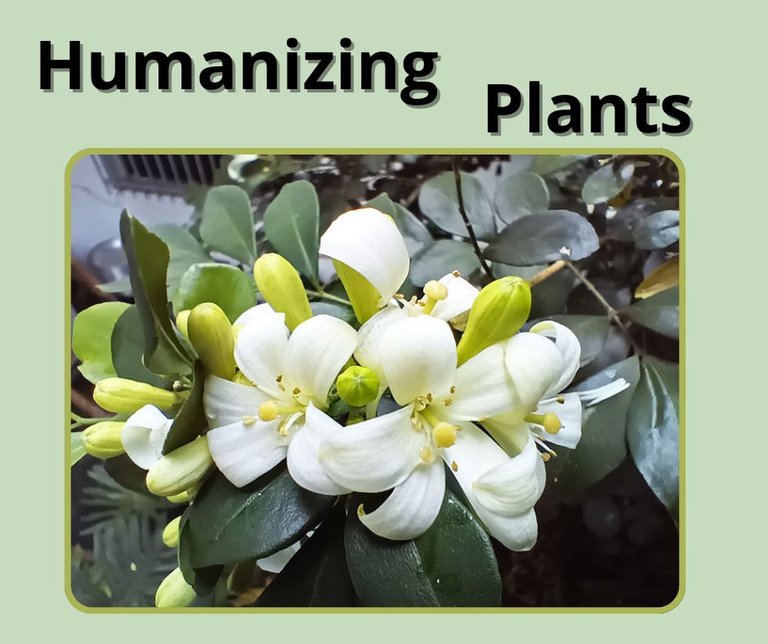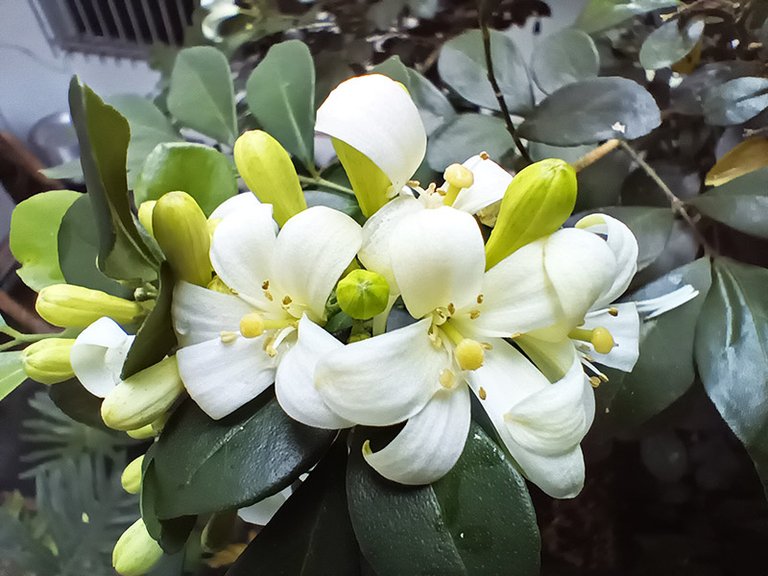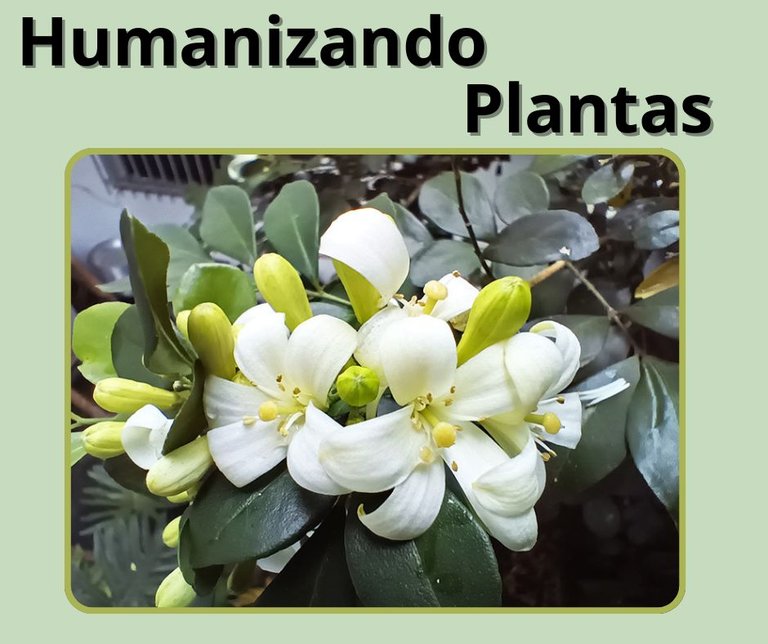
Humanization, a term that can have several meanings but which, in literature, especially children's literature, has incredible value, allows us to give human life to objects, animals, and plants by attributing characteristics, emotions, and behaviors to them.
Perhaps one of the most eloquent examples can be found in the Disney version of Beauty and the Beast, a charming film in which a candelabra becomes a butler, a coffee pot becomes a kind, understanding, determined, and friendly matron and housekeeper, a coffee cup becomes a curious child, and a footstool becomes a little dog that craves recognition and attention.
In a more realistic world, the one we live in, humanization, in my opinion, is gaining more and more followers every day. We find wild and domestic animals whose owners take great care to treat them like humans: they dress them, bathe them, perfume them, sleep with them, and talk to them and treat them as if they were children or adults with whom they have serious and meaningful conversations. Is this good or bad? Today, I am not here to judge, I just want to share my humanizing experience with my orange blossom.

We have heard many times that plants grow and become beautiful and lush beyond the minimum care we can give them when we talk to them affectionately, play them relaxing music, and even hug them if possible. Based on these ideas, I will tell you:
My orange blossom is a beautiful shrub that I consider a residential complex, since every evening birds come there to sleep and at dawn it is an awakening of movement and song. It blooms practically four times a year and each time it is a spectacle of white flowers that permeate the space with their soft scent, attracting, in those early hours of the day, a battalion of bees that delight among its flowers.
It provides shade for a huge rock where lizards live that are no longer so shy and stare at me while they sunbathe.
Although my orange tree is not easy to hug, I often hold on to its lower branches to exchange energy; it gives me strength and I give it gratitude. This year it fell ill with ringworm, a parasitic plant that was damaging its branches. Every week, I would remove them with a stick, but it was no use. I knew that if I left it like that, it would soon begin to dry out, so I decided to prune it completely.
I don't want to sound corny, but the truth is that I felt a deep sadness. As best, I could, I found a way to hug it and reassure it, in true “Hollydense” style, that everything would be fine, that its branches would grow back, and that it would soon be stronger and more robust.

Almost a month has passed since then, and I was delighted to see small green shoots beginning to sprout. As the days go by, the leaves promise health and vitality.
It seems unbelievable, how something that apparently doesn't speak to you, doesn't move, is full of life and becomes that companion that doesn't require words to communicate, just vibrating on the same frequency, where an exchange of energy takes place that calms, moves and strengthens.


La humanización, un término que puede tener varias acepciones pero que en la literatura, sobre todo infantil, tiene un valor increíble, con ella le damos vida humana a los objetos, animales y plantas atribuyéndoles características, emociones y comportamientos.
Quizás uno de los ejemplos más elocuentes lo encontramos en la versión Disney de la Bella y la Bestia, una película llena de encanto donde un candelabro se convierte en mayordomo, una cafetera en una matrona, ama de llaves, comprensiva, decidida y amable, una tacita de café en un niño curioso y un reposa pies en un perrito que pide reconocimiento y atención.
En un mundo más realista, este donde vivimos, la humanización, desde mi percepción, cada día tiene más adeptos. Y encontramos animales silvestres y domésticos que sus dueños se esmeran en tratarlos como humanos: los visten, los bañan, los perfuman, duermen con ellos, y les hablan y tratan como si fuesen niños o el adulto con el que mantiene conversaciones serias y nutritivas, ¿bien, mal? Hoy no se trata de juzgar, solo quiero comentarles mi experiencia humanizadora con mi azahar.

Mucho hemos escuchado que las plantas crecen y se vuelven hermosas, frondosas, más allá del cuidado mínimo necesario que podamos darle, cuando les hablamos con cariño, les colocamos música relajante e incluso si existe la posibilidad, las abrazamos. Partiendo de estas ideas les cuento:
Mi azahar es un arbusto hermoso que lo considero un conjunto residencial, ya que allí cada atardecer llegan aves a dormir y al amanecer es todo un despertar de movimientos y cantos, florece prácticamente cuatro veces al año y en cada uno es un espectáculo de flores blancas que impregna con su suave olor los espacios atrayendo, en esas primeras horas del día, un batallón de abejas que se deleita entre sus flores.
Le da sombra a una inmensa piedra donde habitan unos lagartos que ya no son tan huidizos, y se quedan mirándome mientras toman el sol.
Aunque mi azahar no es fácil de abrazar, con frecuencia me agarro a sus ramas bajas para intercambiar energía, él me trasmite fuerza y yo agradecimiento. Este año enfermó, le cayó tiña, una planta parasitaria que fue maltratando sus ramas, semanalmente, me dedicaba a quitárselas de encima con una vara, pero no hubo manera, sabía que si lo dejaba así, pronto comenzaría a secarse, por lo que opté por la poda total.
No quiero parecer cursi, pero la verdad es que sentí profunda tristeza, como puede encontré un acomodo para abrazarlo y asegurarle, al mejor estilo “Hollydense”, que todo estaría bien, que sus ramas volverían a crecer y que pronto sería más fuerte y robusto.

De eso ha pasado casi un mes, con alegría vi como comenzaban a retoñar pequeños puntos verdes y con el paso de los días ya las hojas prometen salud y vitalidad.
Parece mentira, como algo que aparentemente no te habla, no se mueve, está lleno de vida y se convierte en ese compañero que no requiere de la palabra para comunicarse, solo vibrar en la misma frecuencia, donde se hace presente un intercambio de energía que tranquiliza, conmueve y fortalece.

Translated with www.DeepL.com/Translator (free version)
Fuente de imágenes: Archivo personal



MIS REDES SOCIALES





Be Entrepreneur




